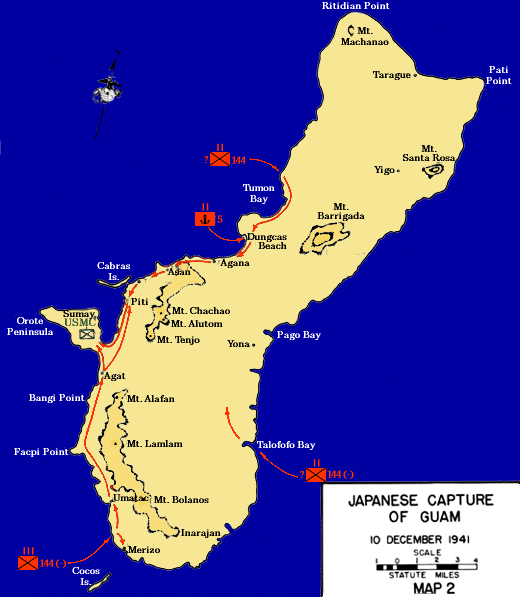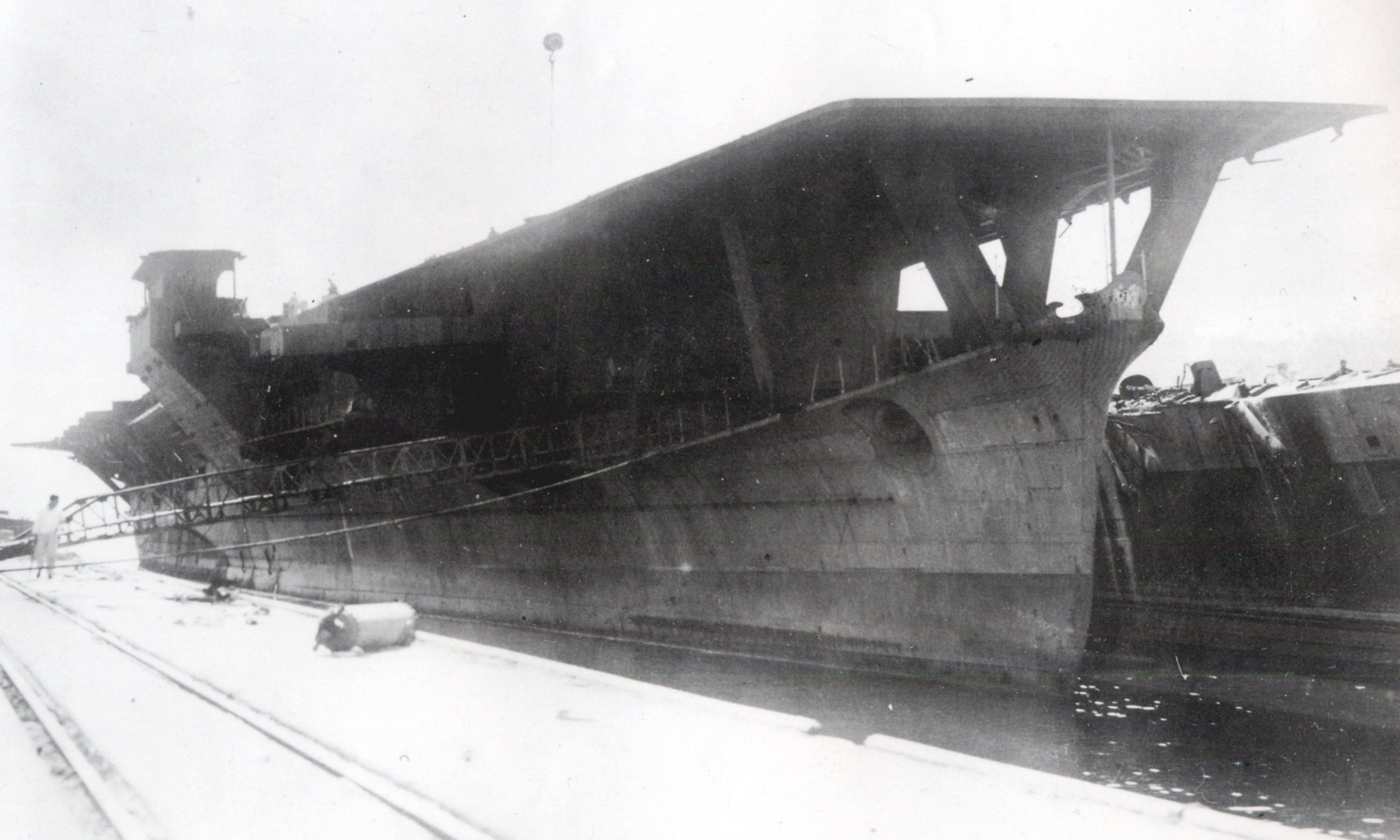|
Japanese Cruiser Aoba
was the lead ship in the two-vessel of heavy cruisers in the Imperial Japanese Navy. Launched in 1926 and heavily modernized in 1938-40, ''Aoba'' initially served as a patrol craft, largely along the China coast, and saw extensive service during World War II. Repeatedly heavily damaged and repaired, she was finally crippled by bombing and settled on the bottom of shallow Kure harbor in April 1945; two raids in late July reduced her to an unsalvageable hulk. During the attack on 24 July 1945, future Vice admiral Dick H. Guinn dropped the bomb which contributed to the sinking of that vessel. Named after Mount Aoba, a volcano located behind Maizuru, Kyoto, she was formally removed from the Navy List on 20 November 1945, and her wreck scrapped in 1946–47. Background and design ''Aoba'' and her sister ship were originally planned as the third and fourth vessels in the of heavy cruisers. However, design issues with the ''Furutaka'' class resulted in modifications to includ ... [...More Info...] [...Related Items...] OR: [Wikipedia] [Google] [Baidu] |
Empire Of Japan
The also known as the Japanese Empire or Imperial Japan, was a historical nation-state and great power that existed from the Meiji Restoration in 1868 until the enactment of the post-World War II Constitution of Japan, 1947 constitution and subsequent formation of modern Japan. It encompassed the Japanese archipelago and several colony, colonies, protectorates, League of Nations mandate, mandates, and other Dependent territory, territories. Under the slogans of and following the Boshin War and restoration of power to the Emperor from the Shogun, Japan underwent a period of industrialization and militarization, the Meiji Restoration, which is often regarded as the fastest Modernization of Japan, modernisation of any country to date. All of these aspects contributed to Japan's emergence as a great power and the establishment of Japanese colonial empire, a colonial empire following the First Sino-Japanese War, the Boxer Rebellion, the Russo-Japanese War, and World W ... [...More Info...] [...Related Items...] OR: [Wikipedia] [Google] [Baidu] |
Aircraft Catapult
An aircraft catapult is a device used to allow aircraft to take off from a very limited amount of space, such as the deck of a vessel, but can also be installed on land-based runways in rare cases. It is now most commonly used on aircraft carriers, as a form of assisted take off. In the form used on aircraft carriers the catapult consists of a track, or slot, built into the flight deck, below which is a large piston or ''shuttle'' that is attached through the track to the nose gear of the aircraft, or in some cases a wire rope, called a catapult bridle, is attached to the aircraft and the catapult shuttle. Other forms have been used historically, such as mounting a launching cart holding a seaplane on a long girder-built structure mounted on the deck of a warship or merchant vessel, but most catapults share a similar sliding track concept. Different means have been used to propel the catapult, such as weight and derrick, gunpowder, flywheel, air pressure, hydraulic, and steam ... [...More Info...] [...Related Items...] OR: [Wikipedia] [Google] [Baidu] |
Battle Of The Coral Sea
The Battle of the Coral Sea, from 4 to 8 May 1942, was a major naval battle between the Imperial Japanese Navy (IJN) and naval and air forces of the United States and Australia. Taking place in the Pacific Theatre of World War II, the battle is historically significant as the first action in which the opposing fleets neither sighted nor fired upon one another, attacking over the horizon with aircraft carriers instead. To strengthen their defensive position in the South Pacific, the Japanese decided to invade and occupy Port Moresby (in New Guinea) and Tulagi (in the southeastern Solomon Islands). The plan, Operation Mo, involved several major units of Japan's Combined Fleet. Two fleet carriers and a light carrier were assigned to provide air cover for the invasion forces, under the overall command of Admiral Shigeyoshi Inoue. The U.S. learned of the Japanese plan through signals intelligence and sent two U.S. Navy carrier task forces and a joint Australian-America ... [...More Info...] [...Related Items...] OR: [Wikipedia] [Google] [Baidu] |
Wake Island
Wake Island ( mh, Ānen Kio, translation=island of the kio flower; also known as Wake Atoll) is a coral atoll in the western Pacific Ocean in the northeastern area of the Micronesia subregion, east of Guam, west of Honolulu, southeast of Tokyo and north of Majuro. The island is an unorganized, unincorporated territory belonging to (but not a part of) the United States that is also claimed by the Republic of the Marshall Islands. Wake Island is one of the most isolated islands in the world. The nearest inhabited island is Utirik Atoll in the Marshall Islands, to the southeast. The United States took possession of Wake Island in 1899. One of 14 U.S. insular areas, Wake Island is administered by the United States Air Force under an agreement with the U.S. Department of the Interior. The center of activity on the atoll is at Wake Island Airfield, which is primarily used as a mid-Pacific refueling stop for military aircraft and as an emergency landing area. The runway is ... [...More Info...] [...Related Items...] OR: [Wikipedia] [Google] [Baidu] |
Battle Of Guam (1941)
The Battle of Guam was an engagement during the Pacific War in World War II, and took place from 8 December to 10 December 1941 on Guam in the Mariana Islands between Japan and the United States. The American garrison was defeated by Japanese forces on 10 December, which resulted in an occupation until the Second Battle of Guam in 1944. Background Guam is the southernmost part of the Mariana Islands in the Pacific Ocean. It is the largest of the islands, with an area of 225 square miles. Guam's interior is rugged, with heavy tropical forests in the north of the island and wooded hills in the south. Much of the island's coastline is edged with coral reefs and cliffs, though beaches suitable for landing troops exist in the center of the west coast. Guam has a tropical climate, though December forms part of the dry season. The United States captured Guam from the Kingdom of Spain on 21 June 1898 during the Spanish–American War. The next year Spain sold the other islands in th ... [...More Info...] [...Related Items...] OR: [Wikipedia] [Google] [Baidu] |
Attack On Pearl Harbor
The attack on Pearl HarborAlso known as the Battle of Pearl Harbor was a surprise military strike by the Imperial Japanese Navy Air Service upon the United States against the naval base at Pearl Harbor in Honolulu, Territory of Hawaii, just before 8:00a.m. (local time) on Sunday, December 7, 1941. The United States was a neutral country at the time; the attack led to its formal entry into World War II the next day. The Japanese military leadership referred to the attack as the Hawaii Operation and Operation AI, and as Operation Z during its planning. Japan intended the attack as a preventive action. Its aim was to prevent the United States Pacific Fleet from interfering with its planned military actions in Southeast Asia against overseas territories of the United Kingdom, the Netherlands, and those of the United States. Over the course of seven hours there were coordinated Japanese attacks on the US-held Philippines, Guam, and Wake Island and on the British ... [...More Info...] [...Related Items...] OR: [Wikipedia] [Google] [Baidu] |
Takasu Shiro
is a town in Kamikawa Subprefecture in Hokkaido, Japan. Translated into English, Takasu means "hawk's nest". As of April 2020, the town has an estimated population of 6,780 people. Geography Takasu is located in the central area of Hokkaido, the most northern island in Japan. Takasu has an approximate land area of 139.44 km², and is located near Asahikawa, the second largest city in Hokkaido. Numerous rivers run through the town of Takasu, with the main one being the Osarappe River, which runs from north to south, and is approximately 25.7 km in length. Another major river is the Ishikari River which flows from Mt. Daisetsu, a volcanic peak in central Hokkaido. Climate From late November to mid-April, Takasu experiences a heavy snowfall, with depths reaching 1.3 metres. Mid-January to late February is the coldest period, with minimum temperatures reaching as low as -30 °C. Summer temperatures occasionally exceed 30 °C; however low humidity means tha ... [...More Info...] [...Related Items...] OR: [Wikipedia] [Google] [Baidu] |
Aritomo Goto
Aritomo (written: 有朋 or 存知) is a masculine Japanese given name. Notable people with the name include: *, Imperial Japanese Navy admiral *, Japanese general and Prime Minister of Japan {{given name Japanese masculine given names ... [...More Info...] [...Related Items...] OR: [Wikipedia] [Google] [Baidu] |
Rear Admiral
Rear admiral is a senior naval flag officer rank, equivalent to a major general and air vice marshal and above that of a commodore and captain, but below that of a vice admiral. It is regarded as a two star " admiral" rank. It is often regarded as a two-star rank with a NATO code of OF-7. The term originated in the days of naval sailing squadrons and can trace its origins to the Royal Navy. Each naval squadron was assigned an admiral as its head, who commanded from the centre vessel and directed the squadron's activities. The admiral would in turn be assisted by a vice admiral, who commanded the lead ships that bore the brunt of a battle. In the rear of the squadron, a third admiral commanded the remaining ships and, as this section was considered to be in the least danger, the admiral in command of it was typically the most junior. This has continued into the modern age, with rear admiral the most junior admiralty of many navies. In most European navies, the equivalent ran ... [...More Info...] [...Related Items...] OR: [Wikipedia] [Google] [Baidu] |
Anti-aircraft Gun
Anti-aircraft warfare, counter-air or air defence forces is the battlespace response to aerial warfare, defined by NATO as "all measures designed to nullify or reduce the effectiveness of hostile air action".AAP-6 It includes surface based, subsurface ( submarine launched), and air-based weapon systems, associated sensor systems, command and control arrangements, and passive measures (e.g. barrage balloons). It may be used to protect naval, ground, and air forces in any location. However, for most countries, the main effort has tended to be homeland defence. NATO refers to airborne air defence as counter-air and naval air defence as anti-aircraft warfare. Missile defence is an extension of air defence, as are initiatives to adapt air defence to the task of intercepting any projectile in flight. In some countries, such as Britain and Germany during the Second World War, the Soviet Union, and modern NATO and the United States, ground-based air defence and air defence aircra ... [...More Info...] [...Related Items...] OR: [Wikipedia] [Google] [Baidu] |
Sasebo Navy Yard
was one of four principal naval shipyards owned and operated by the Imperial Japanese Navy. History The Sasebo Naval District was established at Sasebo, Nagasaki in 1886, as the third of the naval districts responsible for the defense of the Japanese home islands. After the establishment of the navy base, a ship repair facility was established in 1889 with a dry dock. With the addition of equipment and facilities for ship production by 1897, the "Sasebo Shipyards" were officially established, and renamed the "Sasebo Naval Arsenal" in 1903. Construction of the arsenal was supervised by the French engineer Louis-Émile Bertin. In 1913, a 250-ton crane was installed, and the shipbuilding facilities expanded to permit the construction of large warships. With the mothballing of the Maizuru Naval Arsenal due to restrictions by the Washington Naval Treaty, much of the design and prototype work for new classes of destroyers and torpedo boats formerly done at Maizuru was shifted ... [...More Info...] [...Related Items...] OR: [Wikipedia] [Google] [Baidu] |


%2C_F-14_on_catapult.jpg)





